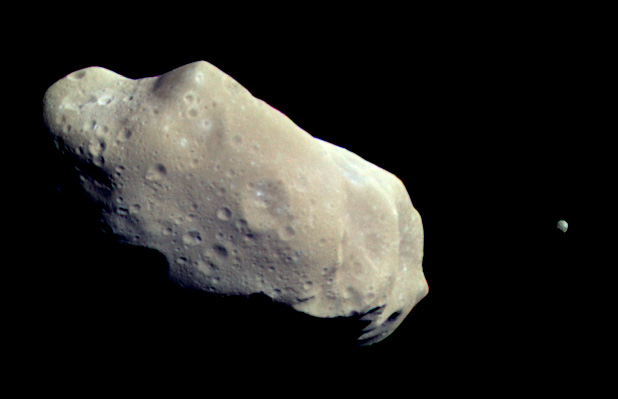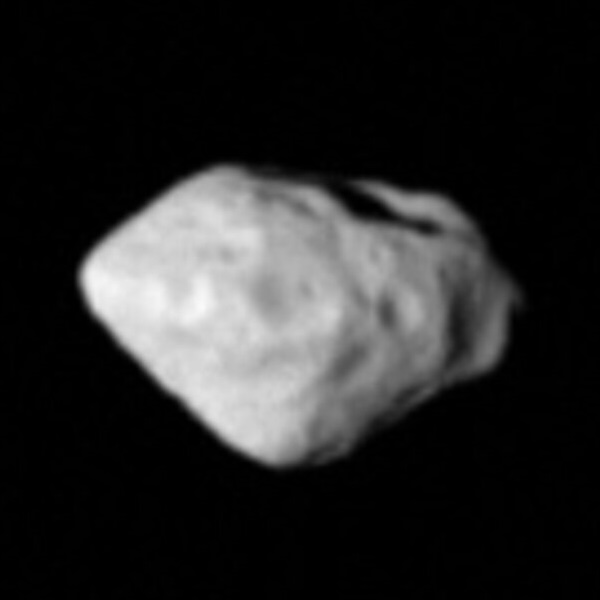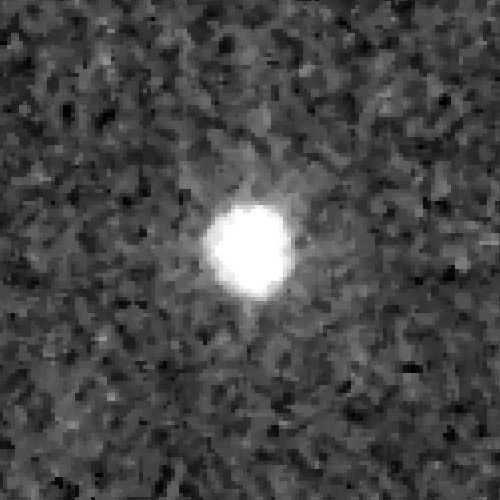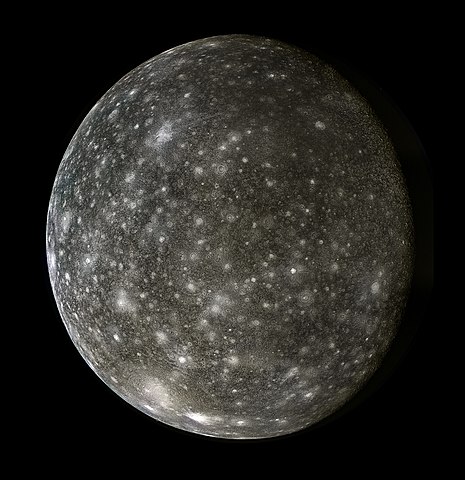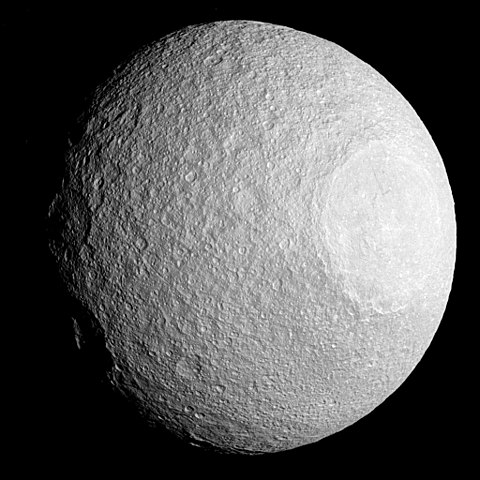1 day / second
0.5 AU
951 Gaspra
Asteroid
An irregularly shaped, 19 x 12 x 11 kilometer S-type asteroid discovered in 1916 that became the first asteroid ever photographed up close when the Galileo spacecraft flew past it in 1991.
Key Facts
orbital regime | Asteroid Belt |
learn more | Wikipedia |
mass | 2.5000e+15 kg |
radius | 6.1 km |
hill radius | 2,045.341 km |
semi-major axis | 2.21 AU |
eccentricity | 0.173 |
inclination | 4.106º |
longitude of the ascending node | 252.989º |
argument of periapsis | 129.955º |
orbital period | 3.285 years |
discovery date | July 30, 1916 |
discovered by | Grigory Neujmin at Simeiz Observatory |
name origins | Named after Gaspra, a Black Sea resort in Crimea |
dimensions | 12.2 kilometers in diameter |
density | 2.7 g/cm³ |
albedo | 0.22 |
material composition | S-type asteroid (silicaceous/stony composition) |
Spacecraft Visits
Galileo
Flyby
Launched in 1989, visited in 1991
On October 29, 1991, Galileo became the first spacecraft to encounter an asteroid when it flew within 1,600 kilometers of Gaspra, capturing detailed images of its irregular, cratered surface.


